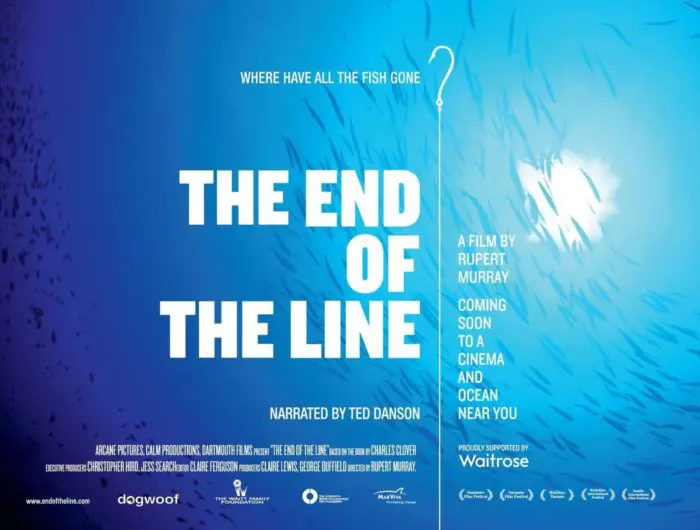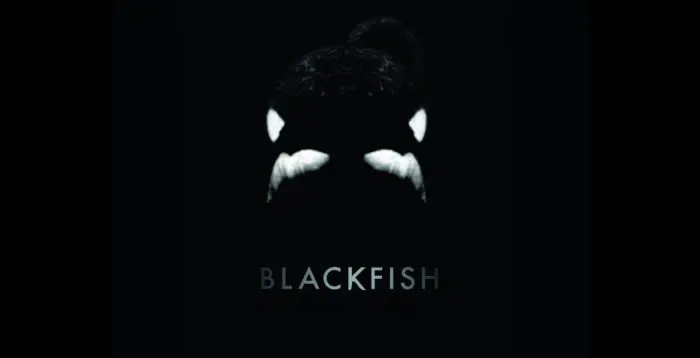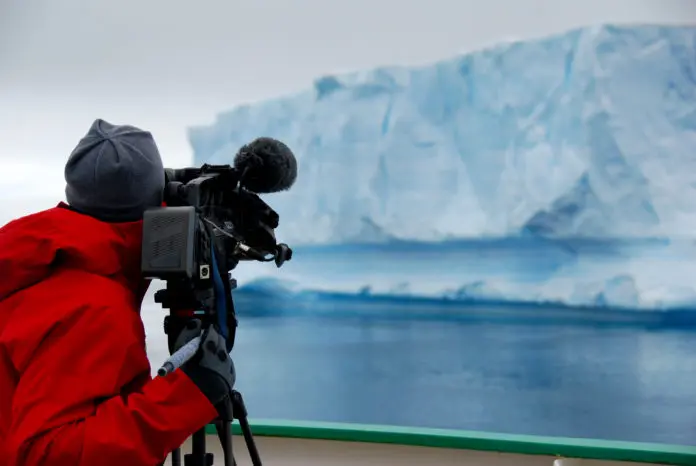Documentaries have the ability to bring world issues into our living rooms and onto our laptop screens. They have the power to educate and inspire, and the very best are even able to translate their message into real-life change. In the last decade, the future of marine conservation has been influenced by a succession of powerful marine conservation documentaries, the most memorable of which are listed below.
Sharkwater (2006)

Released in 2006, Sharkwater was written and directed by recently deceased conservationist Rob Stewart. Inspired by Stewart’s life-long love of sharks, Sharkwater helped to change public perception of the ocean’s apex predators. Instead of portraying them as killers to be feared, Stewart uses stunning footage of sharks in their natural environment to reinforce the message that their survival is essential to the future health of the oceans.
Stewart also reveals the truth about the millions of sharks slaughtered each year in order to meet the demand of the Asian shark fin industry. Later, he teams up with conservation organization Sea Shepherd to expose corruption in the Cocos Island and Galapagos marine reserves. The ensuing conflict between the conservationists and the local authorities provides a powerful example of how important it is for each of us to take our own stand for the oceans.
BUY NOW: Amazon.com | Amazon.co.uk
The Cove (2009)

Winner of the Academy Award for Best Documentary in 2009, The Cove was written and directed by Mark Monroe and Louie Psihoyos respectively. It draws the eyes of the world to Taiji, Japan, where hundreds of dolphins are corralled in a secret cove each year. Some of the dolphins are captured and sold to aquariums around the world to live a life of confinement away from their families; while the rest are indiscriminately slaughtered.
The Cove follows the story of Ric O’Barry, a former dolphin trainer seeking redemption for his role in perpetuating dolphin captivity. It documents the difficulties O’Barry and his team faced whilst filming undercover in Taiji, and exposes the risk of eating dolphin meat contaminated with mercury. Above all, the documentary raises awareness of the inhumane way in which Taiji dolphins are killed and sheds light on the true origins of captive dolphins seized from the wild.
BUY NOW: Amazon.com | Amazon.co.uk
End of the Line (2009)

Directed by Rupert Murray and based on the book by Charles Clover, End of the Line was released in 2009. The documentary focuses on the effect of overfishing, and on the way in which human greed has depleted the world’s fish stocks. Filmed over the course of two years, the documentary features footage from all over the world. It focuses especially on the imminent extinction of the bluefin tuna, using the decimation of Newfoundland’s cod population as a cautionary tale.
End of the Line uses examples like these to illustrate the repercussions of overfishing, both for the oceans and for humans, many of whom will surely starve if seafood becomes unavailable. In addition to raising awareness of these looming disasters, the film also offers solutions. It serves as a call to action for consumers, encouraging them to choose sustainably sourced seafood and to put pressure on governments to implement tougher fishing laws.
BUY NOW: Amazon.com | Amazon.co.uk
Blackfish (2013)

Nominated for a BAFTA and released in 2013, Blackfish is the brainchild of writer and director Gabriela Cowperthwaite. It explores the inhumanity of keeping intelligent cetaceans in captivity; and in particular, acts as an indictment of SeaWorld, the multi-million dollar corporation currently housing 22 orcas at its United States theme parks. The documentary achieves these two goals by following the story of Tilikum, the SeaWorld orca involved in three human deaths.
Cowperthwaite uses shocking footage of captive orcas and interviews with ex-trainers to illustrate the trauma inflicted on whales like Tilikum and to explain how that trauma triggers violent behavior. Of all the documentaries in this article, Blackfish has perhaps had the most impact. As a direct result of the falling ticket sales and public pressure triggered by the film, SeaWorld has ceased its captive orca breeding program – making this the last generation of SeaWorld orcas.
BUY NOW: Amazon.com | Amazon.co.uk
The Last Ocean (2012)

Directed by Peter Young and released in 2012, The Last Ocean refers to the Ross Sea, a remote Antarctic ecosystem largely untouched by humans. The film focuses on the Ross Sea’s immeasurable value as a pristine feeding and breeding ground for ocean species including whales, seals, seabirds and penguins. It also exposes the latest threat to its existence – an international fishing fleet hell-bent on infiltrating the area in search of the lucrative Antarctic toothfish.
In addition to raising awareness about one of the world’s most remote regions, the documentary stands as a testament to our willingness to compromise the future of the ocean in exchange for immediate monetary gain. Perhaps inspired in part by the film’s message, the world’s largest marine protected area was established in the Ross Sea in 2016. The new MPA measures 598,000 square miles, 432,000 square miles of which is designated as a no-take zone.
BUY NOW: Amazon.com
Do you agree with our list? Would you include any other marine or ocean conservation movies? Tell us in the comments below.

